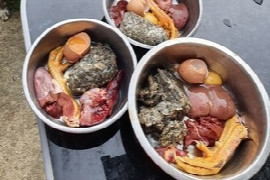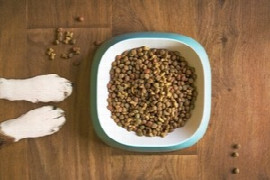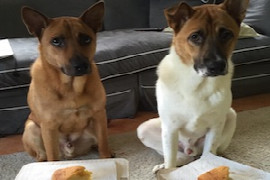Working with Raw Fed Pets
(incl. tax)
Raw Feeding continues to be a controversial topic for many, but with a four-fold increase in owners feeding raw food since 2008 (66% percent of owners reported that part of their pets' regular food was 'Raw Food') we need to find constructive ways of working with raw fed pets and their owners.
This webinar provides a well-evidenced and non-biased overview of different ‘models’ of raw feeding (with their up and downsides), and a sensible and well evidenced discussion of the potential pros as well as the potential cons of raw feeding in general.
By the end of this seminar you will be able to speak confidently with your raw feeding owners, and will place yourself in the best possible position for identifying when raw food is (and importantly - when it isn’t) contributing to the clinical picture in front of you.
Recording from 11 February 2022

Dr Charlotte Gray MA (hons) VetMB MRCVS
I am a 2009 Cambridge University Veterinary School Graduate that has spent much of the first decade of my career working in general mixed practice with a developing interest in the field of nutrition, in particular taking an evidence based approach to fresh/whole food feeding. I now work almost exclusively in fresh food formulation for individual pets with nutrition responsive medical conditions and for commercial pet food companies working with fresh foods in the UK, USA, Canada, Spain and India. I sat on the 2020 PFMA Veterinary Nutrition Committee and Raw Pet Food Committees, and I teach formulation courses for both owners and veterinary professionals in several countries. I have a passion for improving the challenging relationships between the veterinary and raw feeding communities by helping us to better understand each-other in the knowledge that excellent communication is key to optimal veterinary care.



